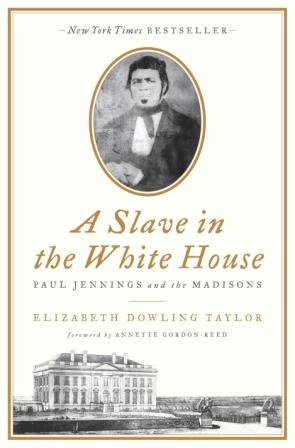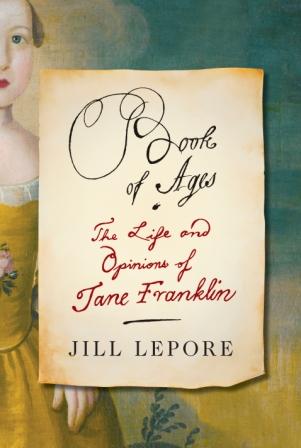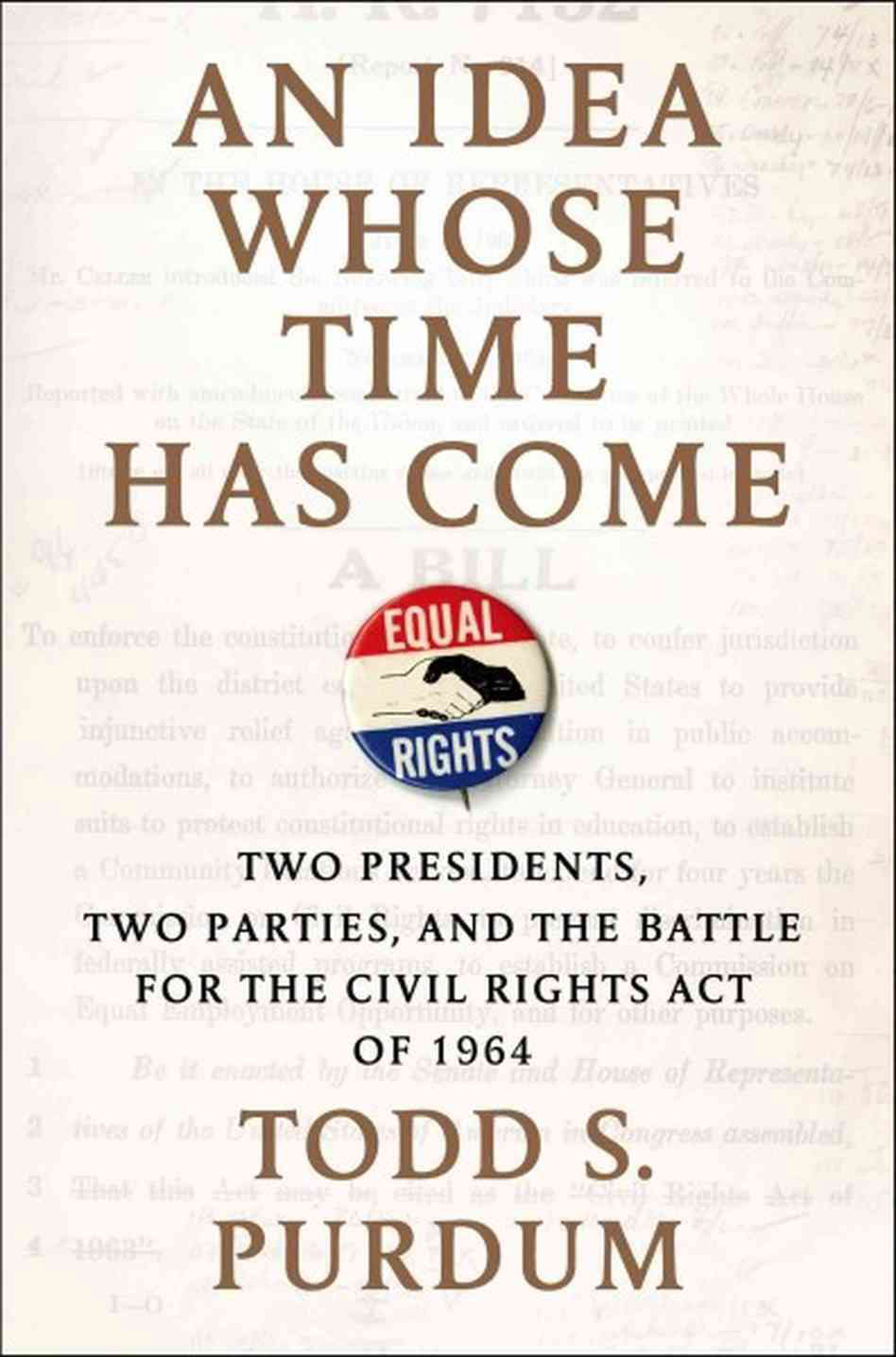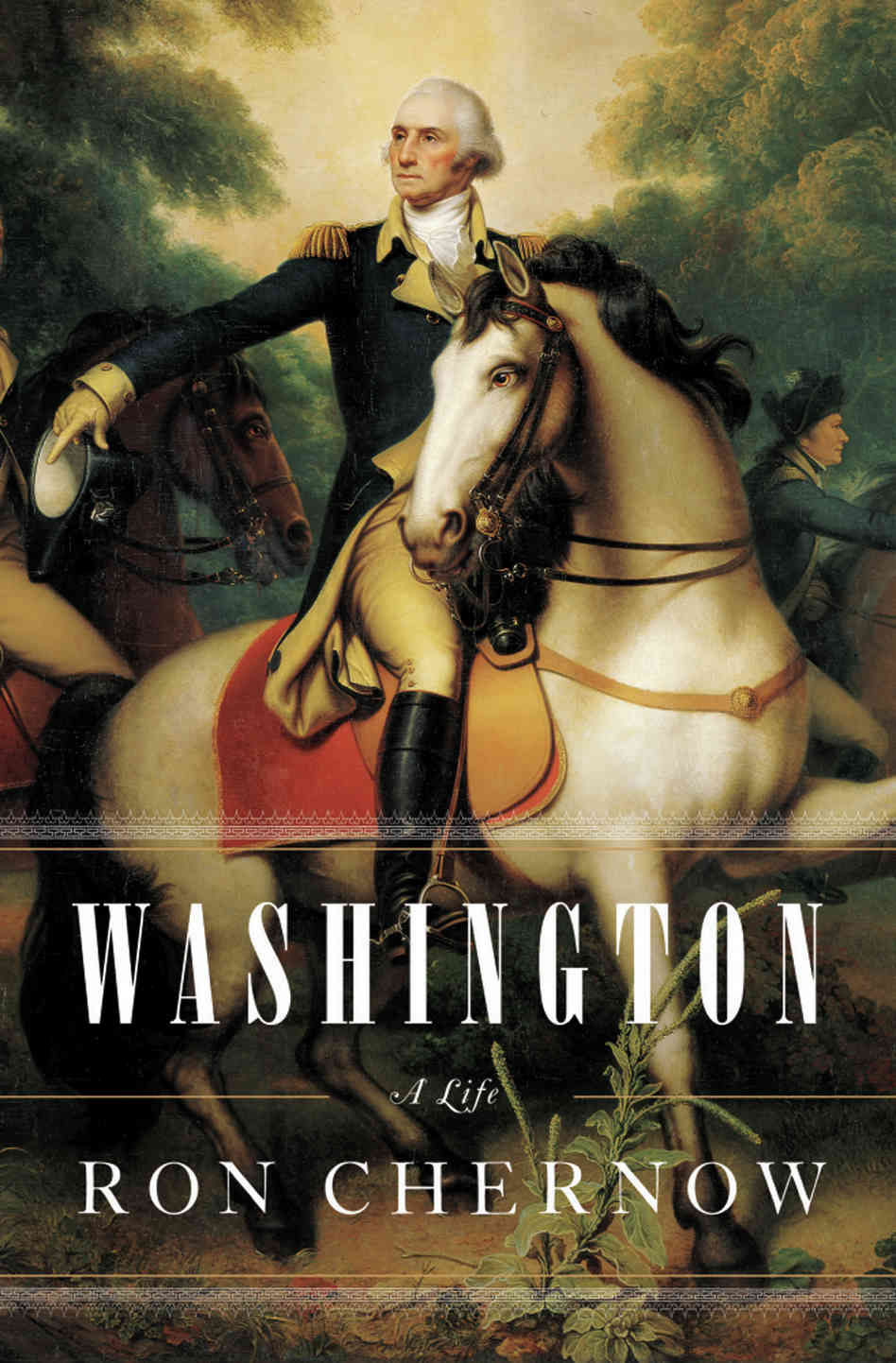
NHPRC News - June 2014
NHPRC News — June 2014
Inside the Commission
NHPRC Awards $2.6 million to 30 Projects
Following the May meeting of the National Historical Publications and Records Commission, Archivist of the United States David S. Ferriero has awarded 30 grants totaling $2.62 million for historical records projects in 18 states and the District of Columbia.
Grants totaling $1.1 million were recommended for 14 documentary editing projects to publish the papers of key American figures, including Andrew Jackson, Walt Whitman, Abraham Lincoln, Ulysses S. Grant, Martin Luther King, Jr., Eleanor Roosevelt, Thomas Edison, and the Presidential Recordings project. Grants totaling $1.5 million were recommended for 15 archival projects, including projects to process the records of Oklahoma City; state government archives in South Dakota; the gubernatorial records of three Pennsylvania governors and former Arkansas Governor Jim “Guy” Tucker; labor records at the Reuther Library Archives of Labor and Urban Affairs at Wayne State University; emancipation records in Maryland; and records from the Academy of Motion Picture Arts and Sciences. An Innovation grant was awarded to George Washington University to explore innovative methods to facilitate the preservation and use of social media collections by developing viable preservation tools.A full list of grants from the May meeting is available at http://www.archives.gov/nhprc/awards/awards-5-14.html.
Grant Deadlines
- Archives Leadership Institute
For a project to continue the Archives Leadership Institute.
Final Deadline: December 4, 2014 - Access to Historical Records
For projects to promote the preservation and use of the nation's most valuable archival resources, with an emphasis on the creation of online tools that facilitate the public discovery of historical records.
Final Deadline: August 27, 2014 - Digital Dissemination of Archival Collections
For projects to make historical records of national significance to the United States broadly available by disseminating digital surrogates on the Internet.
Final Deadline: December 4, 2014 - Literacy and Engagement with Historical Records
For projects to explore ways to improve digital literacy and encourage citizen engagement with historical records.
Final Deadline: December 4, 2014 - Publishing Historical Records in Documentary Editions
For projects to publish documentary editions of historical records of national significance.
This program has two deadlines:
Final Deadline: August 27, 2014 and (for new projects) December 4, 2014 - State Board Programming Grants
For projects to strengthen the nation’s archival network through activities undertaken by state historical records advisory boards (SHRABs).
Final Deadline: August 27, 2014 - State Government Electronic Records
For projects to accession, describe, preserve, and provide access to state government electronic records of enduring value.
Final Deadline: December 4, 2014
Founders Online Celebrates First Year
"This resource is breathtaking in its scope and value. I already have students accessing it for their class projects. It defies description. Powerful, powerful, resource." John Lawlor, teacher
On June 13, 2013, the National Archives launched Founders Online (http://founders.archives.gov/), a website that enables people to discover, search, and use thousands of records from George Washington, Benjamin Franklin, Alexander Hamilton, John Adams, Thomas Jefferson, and James Madison and see firsthand the growth of democracy and the birth of the Republic.
Through its National Historical Publications and Records Commission, the National Archives entered into a cooperative agreement with The University of Virginia Press to create the site and make freely available online the historical documents of the Founders of the United States of America.
Over 440,000 unique visitors—about 1,200 each day—have accessed the site, requesting nearly 1.5 million unique files. The single most searched-for document? Jefferson’s "rough draught" of the Declaration of Independence, written between June 11 and July 4, 1776. The "Rough draught" includes changes made in the text in the various stages of its evolution—changes made by Jefferson himself, by Adams and Franklin, who were consulted separately, by the Committee or by Congress.
Baltimore Museum of Art @ 100
The Baltimore Museum of Art (BMA) is home to an internationally renowned collection of 19th-century, modern, and contemporary art. Founded in 1914 with a single painting, the BMA today has 90,000 works of art—including the largest holding of works by Henri Matisse in the world. The museum is currently undergoing an unprecedented $28 million renovation to provide visitors with a more welcoming environment and more imaginative and inspiring encounters with art.
The BMA is remaining open throughout the multi-year project so that visitors can enjoy its outstanding selection of European painting and sculpture from the 17th through 20th centuries and the newly reinstalled Contemporary Wing with 14 galleries showcasing the art of our time. Two beautifully landscaped gardens display an array of 20th-century sculpture that is an oasis in the city.
The museum’s 100th anniversary will be celebrated in November 2014 with the reopening of the grand historic entrance designed by John Russell Pope and a beautiful new presentation of the museum’s distinguished collection of American art. Subsequent reopenings include expanded galleries for the African and Asian art collections and a new learning and creativity center that will open in 2015. Since 2006, the BMA has eliminated general admission fees so that everyone can enjoy the power of art.
The Baltimore Museum of Art recently received a new grant to reach the next milestone in the museum’s comprehensive archives initiative. This timely archives project furthers an ongoing initiative to process the museum’s entire archives and provide access to important information about the BMA and its surrounding communities over the past century.
The Museum’s previous efforts, funded by NHPRC and completed in spring 2014, culminated in the creation of an advanced records management program and an extensive catalog of the museum’s archival records as well as seven manuscript collections. Now searchable with corresponding finding aids that provide synopses of their contents, the materials document the lives of art collectors, artists, archeologists, and historians as well as chronicle the BMA’s history from its inception in 1914 to today. Staff, volunteer, and trustee records revealed exhibition research, correspondence with artists, and photography and audio recordings of lectures and events.
During the project, BMA archivists uncovered noteworthy materials such as blueprints and architectural drawings of the museum’s Jacobs Wing and Antioch Court designed by the great American architect John Russell Pope; unpublished details about the history of textile production in Maryland; and photographs of Liberia in the 1920s taken by Conrad T. and Pauline Bussell whose rare collection of African art collected prior to 1930 was an extremely important acquisition for the museum in 1988.
From Primary Sources to Print
It all starts with primary sources. Projects supported by the NHPRC collect, preserve, process, transcribe, annotate, edit, and make public documents that reside in archives all across the nation. From these collections, historians craft new works, the story of social movements and biographies of both famous and the relatively unknown in American history. In their own words, these writers talk about the value of the collections supported by the NHPRC.
Elizabeth Dowling Taylor wrote A Slave in the White House: Paul Jennings and the Madisons (Palgrave Macmillan, 2012), the story of a man, once owned by President James Madison, who rose from slavery to freedom and became a leading abolitionist. As part of her research, she used documents published by the Dolley Madison Digital Edition and the Papers of James Madison.
The letters in these two collections were of inestimable value to me in my research. It is Dolley Madison who saved several letters that Paul Jennings wrote to her in the 1840s as well as one he wrote to another household slave, Dolley’s maid Sukey. Being able to "listen" to Jennings’s sentiments in these letters was wonderful. Also revealing were the many letters between Dolley and her son Payne highlighting plantation dynamics.
Erik Larson’s In The Garden of Beasts: Love, Terror and an American Family in Hitler’s Berlin (Crown, 2011) tells the story of William E. Dodd who was chosen by Roosevelt to be America's first ambassador to Nazi Germany. As part of his research, Larson investigated the papers of George Messersmith, consul general at the U.S. embassy in Berlin. In the book’s notes, he describes Messersmith’s papers at the University of Delaware, Newark, as "one of the most beautifully archived collections I’ve ever come across."
Messersmith provided an absolutely wonderful window upon the period, because he viewed the Third Reich the way an anthropologist would view an aboriginal tribe. He wrote—at length—about everything, including a lengthy dispatch entirely focused on the Hitler salute, its uses and its meaning. This was invaluable, because one of the most important things I try to do is see the world through the eyes of those living at the time—again, point of view. And Messersmith, if you’ll forgive the pun, gave me an eyeful. We forget, today, how new and novel many of these tropes of the Nazi era were at the time. The salute. The swastika. The goose step. Messersmith’s dispatches provide an excellent contemporary sense of the daily reality of the Third Reich.
"I adore archives," historian Jill Lepore wrote. "There are two sorts of particular joy. The discoveries—finding something no one’s ever found before—and the unveilings—getting to hold in your hands something no else’s bothered to hold." In Book of Ages: The Life and Opinions of Jane Franklin (Knopf, 2013), Lepore takes as her subject the story of Benjamin Franklin’s youngest sister Jane. While her famous brother’s letters and published writings have been saved by archives around the world, relatively little remains of Jane:
One of my favorite discoveries was at Sterling Library at Yale, where the Benjamin Franklin Papers project is housed. Two letters Jane wrote near the end of her life had been lost in the 1950s and, miraculously, they had once gone through that office at Yale, where a Photostat had been made, before the originals disappeared. One of them Jane wrote when she was near death, and very alone, "I feal the Diminution of my few friends very Sensibly tho I am grown almost Stupid to Every other Sensation." I didn’t even end up using it in the book, but I was glad to know that Jane’s words had finally gotten read.
July 2, 2014, marks the 50th anniversary of the signing of the landmark Civil Rights Act of 1964. In An Idea Whose Time Has Come, Todd S. Purdum tells the story of how one of the most important laws of the 20th century came to be. At the heart of Purdum’s book is the legislative maneuvering of the larger-than-life characters who made its passage possible—from the Kennedy brothers to Lyndon Johnson, from Martin Luther King, Jr. to Senators Hubert Humphrey and Everett Dirksen and dozens of others working tirelessly behind the scenes. Through the National Historical Publications and Records Commission, the National Archives has been supporting the Presidential Recordings Project at the University of Virginia's Miller Center. They have been transcribing and annotating transcripts of secret White House tape recordings of John Kennedy and Lyndon Johnson.
The tapes, although they were made in grave violation of privacy (most of those being recorded had no idea that a machine was capturing their innermost thoughts) are a truly priceless historical resource. A listener can hear the fear, anger, exasperation, excitement in Kennedy’s and Johnson's voices, and can be absolutely confident that the words on the tape are, verbatim, what those men said at the time. The recordings provide a wonderful window into the hard work and grinding realities of the presidency and it is a shame that we will never again have anything like them to support the historical record.
Ron Chernow’s biographies Alexander Hamilton (Penguin Press, 2004) and Pulitzer-Prize winning Washington: A Life (Penguin Press, 2011) were made possible by the work undertaken by documentary editors. "I would have never been emboldened without the edition of the papers. It would have taken me a century to write without them. And in a sense, I am standing on the shoulders of a team of editors."
And he had this to say about Founders Online:
Unfortunately, the Founders have become remote and abstract, when in fact they are rich, full-blooded, and fiery characters. This new site will not only help students learn more deeply and develop a visceral love and respect for this era, but it will stimulate interest in history for teachers, too, and will reconnect them to primary sources. Archives used to be restricted to those historians able to come visit and examine the documents first-hand, but now an inquisitive child with a computer will be able to look at what the Founders thought.
Pickles and Steel
The Historical Society of Western Pennsylvania in Pittsburgh received an NHPRC grant to support a two-year project to process 13 collections that document business and industries in western Pennsylvania, 1844-2002.
The Historical Society of Western Pennsylvania was established in 1879 and began doing business as the Senator John Heinz History Center (HHC) in 1996. HHC is considered the largest history museum in Pennsylvania. The Library and Archives Division is responsible for documenting the history and culture of western Pennsylvania and its regional, national, and global contexts by collecting, preserving, and providing access to primary and secondary sources. More than 860 finding aids are available online and 5,000 images are available on Historic Pittsburgh. HHC has also recently established a website called Life in Western Pennsylvania which provides access to over 800 images and 12 moving image clips.
In 2011, the NHPRC awarded a grant to HHC for the basic-level processing of over 600 collections totaling 2,130 linear feet. These collections date from the late-18th century to the present and document business and industry, ethnic communities, arts organizations, religious groups, civic entities, and politics.
Business and industry collections are among those most frequently requested by researchers and are used by a wide range of researchers, including high school and college students, curators planning exhibits, academics, genealogists, documentary producers, and authors of both scholarly and general interest publications. The collections targeted for this project include records of influential Pittsburgh-based companies such as Westinghouse, Alcoa, Heinz, and U.S. Steel, as well as several smaller firms. These records, which document the beginning and evolution of the nation’s aluminum, glass, consumer electronics, steel, energy, food, and financial services industries, reveal diverse aspects of these companies and shed light on initiatives to recruit immigrants, women, and minorities to the workforce; World War I and II production efforts; labor union strife; national transportation systems and infrastructure; the rise and fall of manufacturing; the evolution of advertising; and the emergence of the multinational corporation.
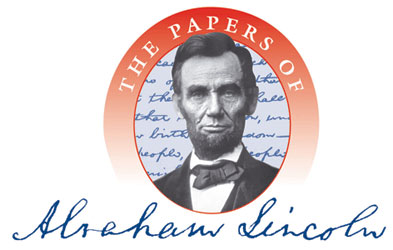
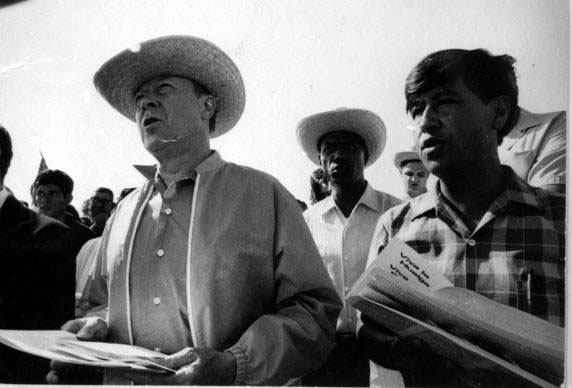
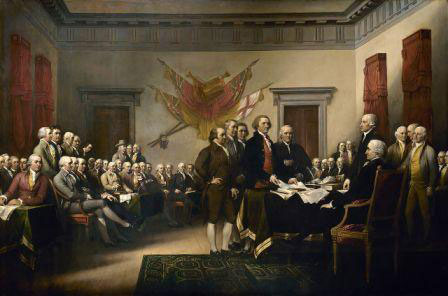
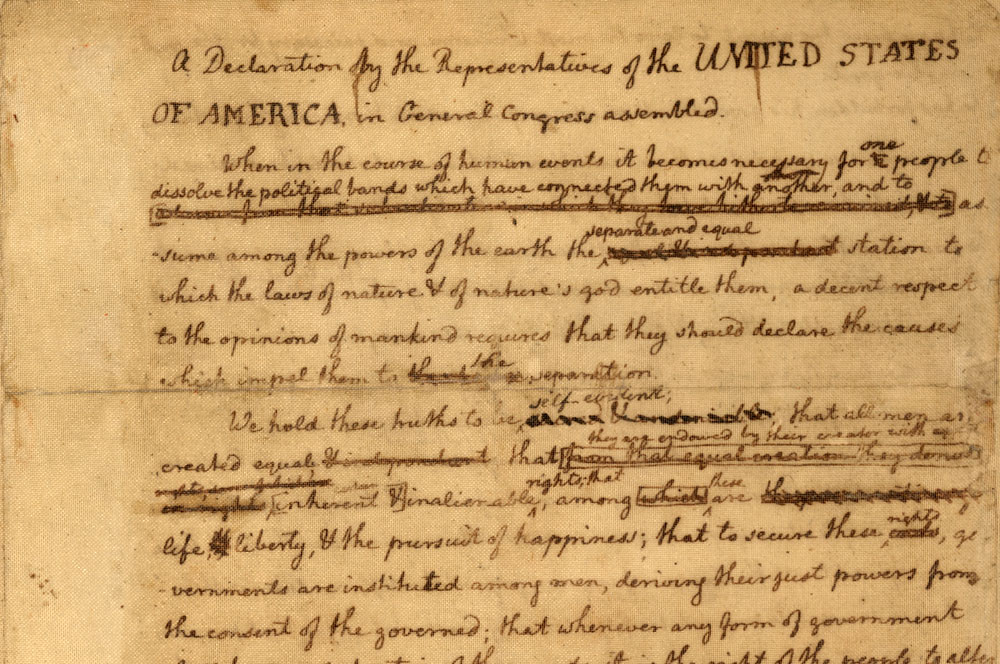
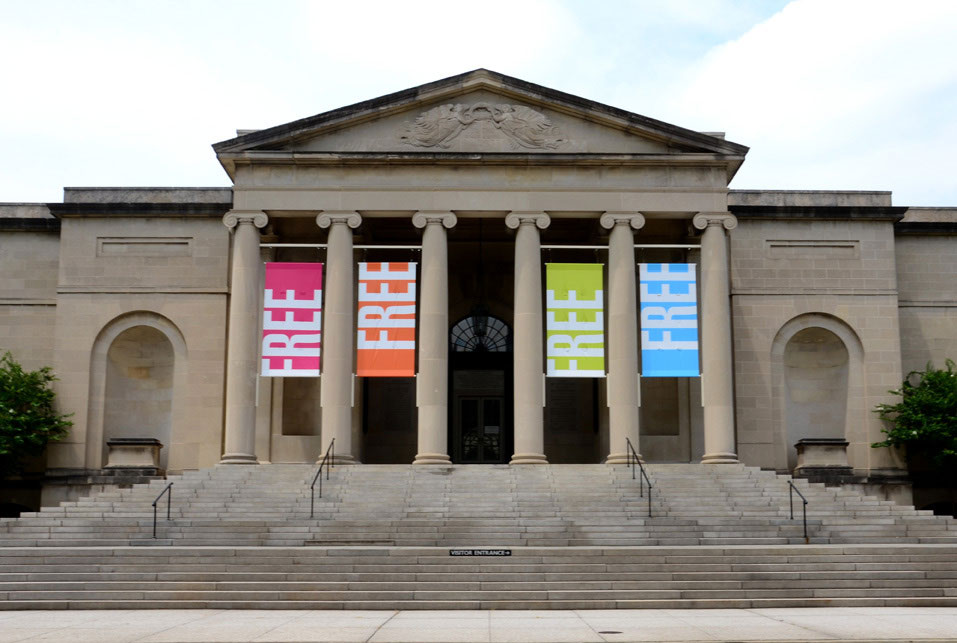
 Young African woman in a dance costume, 1920s, from the Conrad T. and Pauline Bussell Papers, Baltimore Museum of Art.
Young African woman in a dance costume, 1920s, from the Conrad T. and Pauline Bussell Papers, Baltimore Museum of Art.